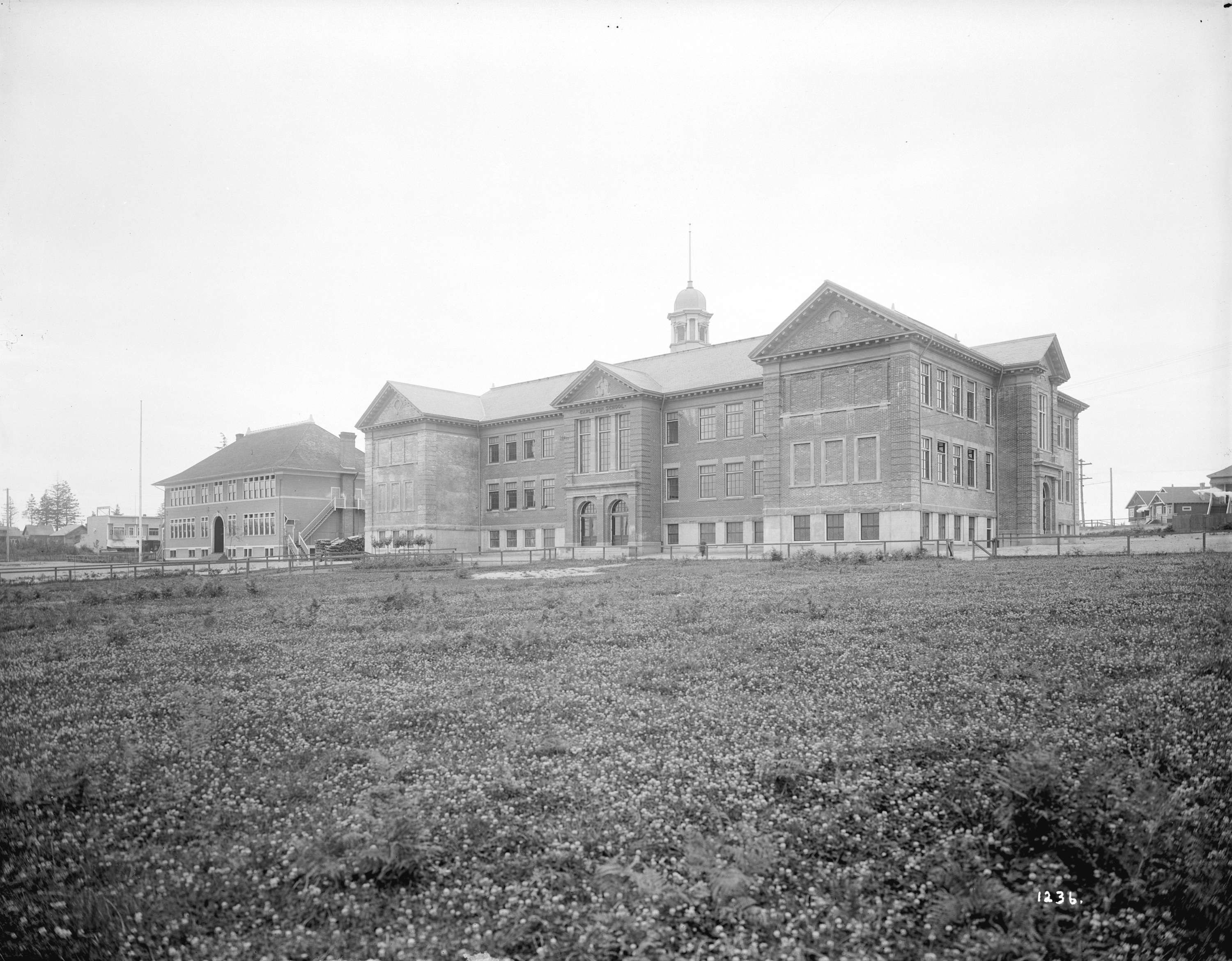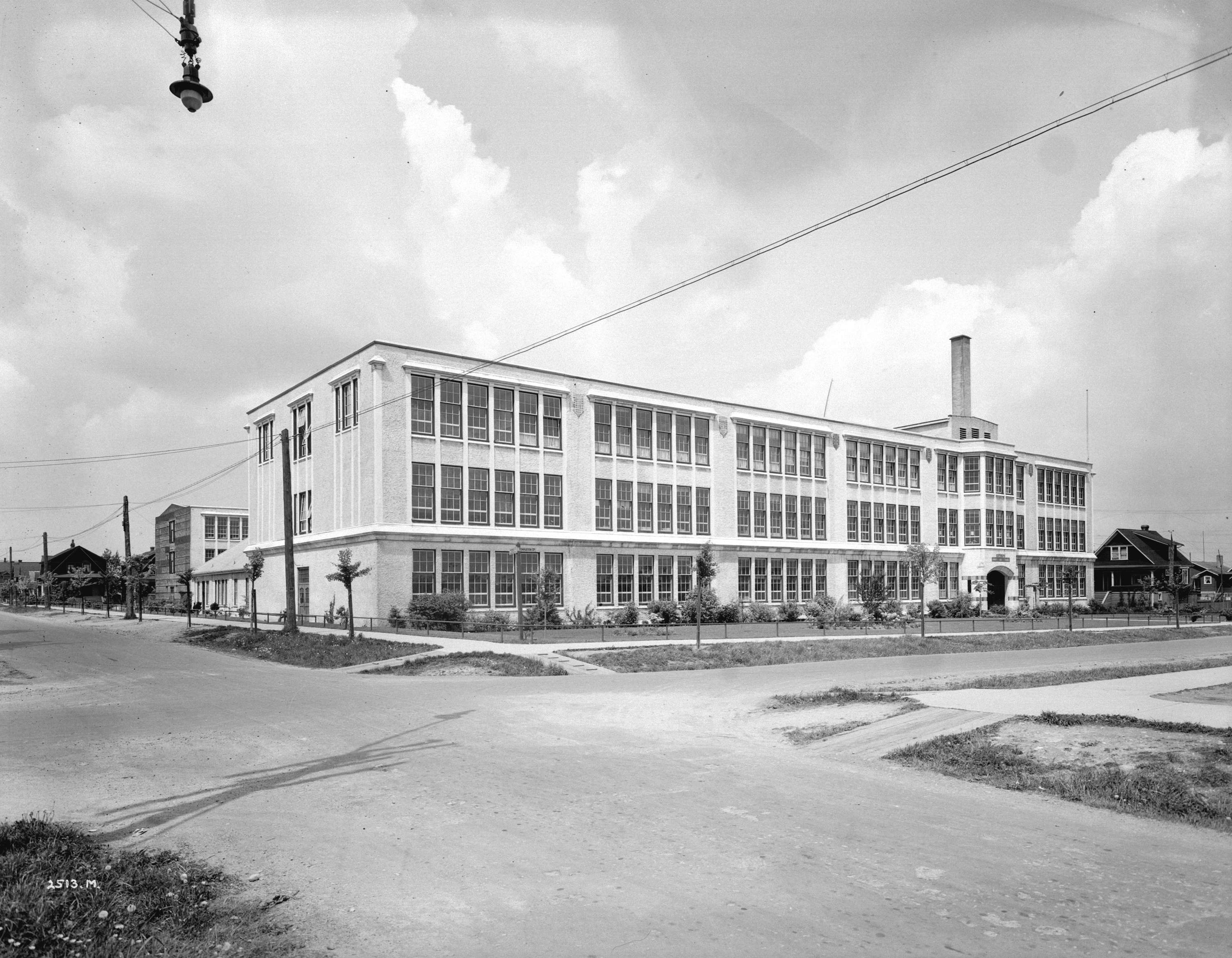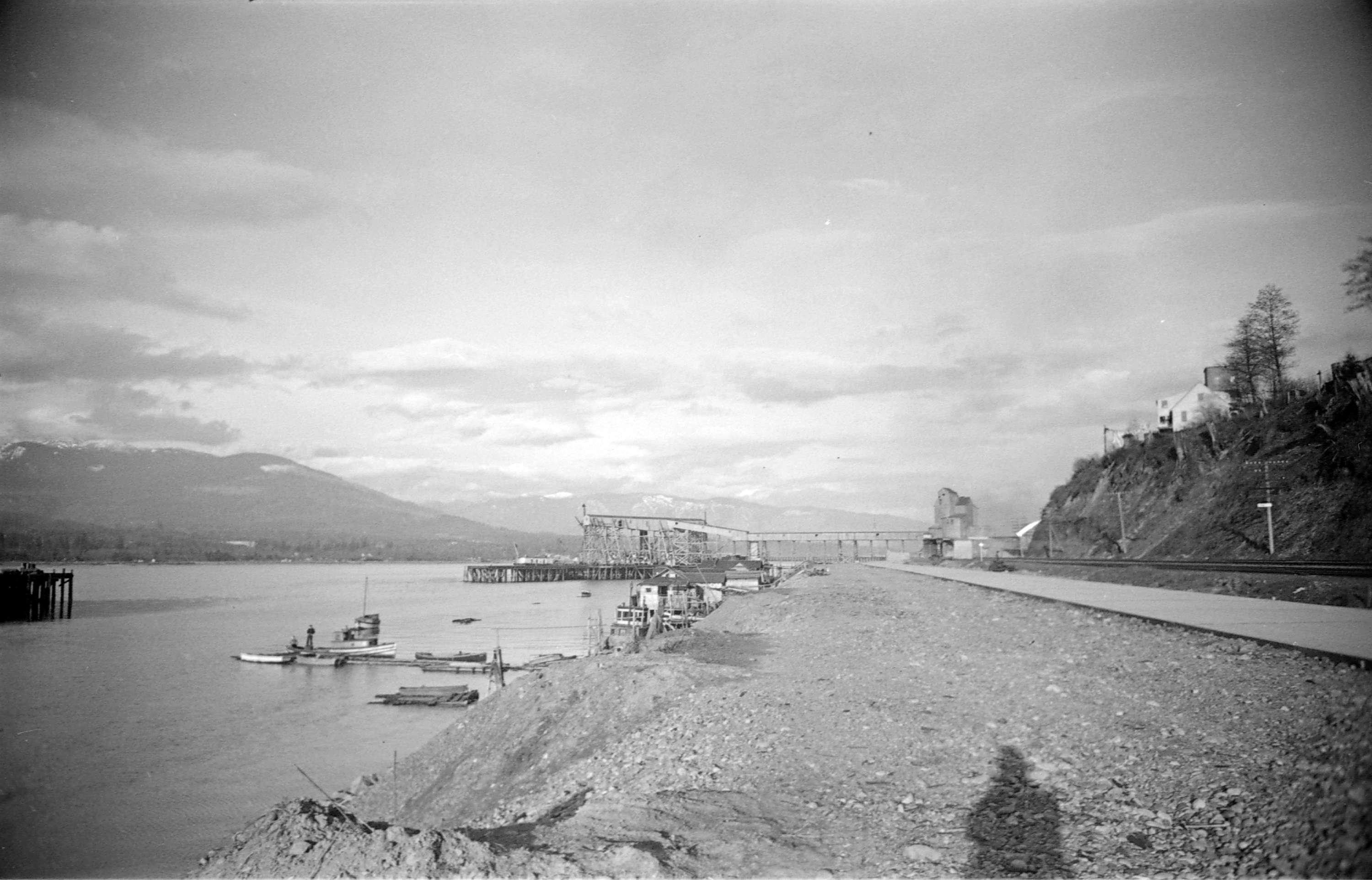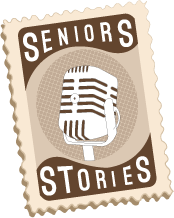Bill Chyzyk: ‘East Vancouver Is About Intermingling’
Bill Chyzyk (b. 1950), a former machinist trained at BCIT, reminisces about the charm and diversity of his old East Vancouver neighbourhood.
SCHOOL DAYS
My grandfather came from Ukraine in 1924 to make a better life for his family. He found work at the pulp mill in Port Alice and saved money to bring his wife and his son over. Soon after, they had my mom and then my aunt. My dad grew up in Manitoba and was in the army, ready to be deployed to Hong Kong, but then Hong Kong fell. A Chinese friend in his troop who lived in Victoria said he was going to work in Port Alice, so my dad joined him. Dad met Mom, and that’s how we started.
I was born in Port Alice in 1950. Three years later, we moved to Burnaby, and I started school at Clinton Elementary. Then, with another sister on the way, we moved to Joyce and Kingsway for my Grades 2 and 3 at Carleton School. . My dad was a millwright and built our house there, and then another house for us at Windermere and Parker where we moved to be closer to my grandparents. That’s when I went to Begbie Elementary–down from the roller coaster at the PNE. Then I went to Templeton High School. My older sister was in the first class to go through Templeton when it became a full high school. She graduated in 1966, and I finished in 1968.

Image credit: M. James Skitt Matthews, public domain
East Van was where we lived and we didn’t know life could be any different. Every day the PNE was open we’d be there. The Canucks played at the Forum then too and we snuck in to see them, same as into any rock concerts. We went fishing down by Alberta Wheat Pool or by the Brighton Pool, a tidal pool then like Kits Pool. Or we’d go up to Still Creek in Burnaby. There was a frog pond by Boundary and Lougheed and we caught frogs there. Before the highway went in we went with my grandfather to a mushroom farm near Cassiar and Hastings to get mushrooms. Many people burned wood in their stoves and wood trucks with Two Cord written on the side came from the saw mills and sold wood to people. We took the Number 14 bus down to Army and Navy to buy a teacup for Mom on Mother’s Day or ride our bikes down Hastings to get bread or groceries.
All the schools were expanding in the ’60s. Templeton built a big shop wing and became a school where you could take tech and academic classes. My grandparents thought being an engineer was a good job, so I took all academic classes. We had a PE teacher who was a world class athlete, and one day, he wanted us to write about sports we could play later in life. One of the sports I said I’d like to play was golf. The teacher said “Don’t you know where you live? You’ll never be playing golf in your life.” Every time I play golf to this day, I think about Harry Jerome and how wrong he was.We had some good teachers: Mr. Bagshaw was the coach of the rugby team and taught science; Mr. Greer taught social studies and later ran for the NDP. He was a World War II vet, a navigator on bombers and a great man. We’ve been an NDP riding since it was invented. When you know you’re going to spend your life as worker, you want to support a party that has some ideals.
Templeton was a good school with kids coming in from a big area—Boundary to Waterfront to 1st Ave. to Clark. Of course, to get there it was a mile uphill both ways. There were people who got beat up, and people who beat up people, but there weren’t any real gangs. If some Italian guys beat up a Chinese guy from Britannia, they’d come up and look for the Italian guys. There were also guys who didn’t like anybody.
Out of school, I went to Vancouver City College at Oak and 12 to study physics, chemistry and math, but then I realized I didn’t want to be a paper-pusher. I’d rather make things and do things. My older sister was the first person in our family to go to university, so there wasn’t a history I had to follow. My family only expected us to get a good job and be good citizens. So I got Manpower to send me to Pacific Vocational School (now BCIT) to be trained as a machinist. I learned a trade that supported a family, and life was good.

Image credit: Stuart Thomson, public domain
OUR NEIGHBOURHOOD
“There was a greater urgency to mingle than you see now. No one had money, but everyone had a trade and got along.”
East Van was where we lived, and we didn’t know life could be any different. Every day, the PNE was open we’d be there. The Canucks played at the Forum then too, and we’d sneak in to see them, same as into any rock concerts. We’d go fishing down by Alberta Wheat Pool or by the Brighton Pool. It was a tidal pool then, like Kits Pool. Or we’d go up to Still Creek in Burnaby. There was a frog pond by Boundary and Lougheed, and we caught frogs there. Before the highway went in, we’d go to a mushroom farm near Cassiar and Hastings with my grandfather to get mushrooms. Many people burned wood in their stoves, and wood trucks with Two Cord written on the side would come from the sawmills and sell wood to people. We’d take the Number 14 bus down to Army and Navy to buy a teacup for mom on Mother’s Day or ride our bikes down Hastings to get bread or groceries.

Image credit: James Crookall, public domain
In East Van our neighbourhood was where people had jobs and went to work, looked after their yards, had gardens in the backyard, and grew vegetables. We looked after our neighbours and weren’t afraid to tell their kids to smarten up. When people are looking after their yards, it’s easier to get to know people in the neighbourhood. The guys I went to school with all became successful people and contributed to society. Nowadays, many yards are unkempt, but the resurgence of gentrification is getting the houses looking good again.
I learned from my parents how to work, look after things and do what’s right. And the rest of the people in East Vancouver were like that too. Some of the people in our neighbourhood were notorious for one thing or another but they were also just neighbours. We weren’t afraid of them and they didn’t bother us. When someone shoplifted from the little Chinese lady at the corner store we chased him down the block and made him apologize. Every Saturday I took my mom to get groceries and one time we got back when Hockey Night in Canada was starting. I was living with my mom then, doing shift work, coming and going at odd hours, and so the kids thought I was a cop, which is why no one did anything bad around us either. Well I got the groceries into the house but forgot I’d left a case of beer outside sitting on the sidewalk. Two and half hours later I remembered and went out and there was the beer still sitting there. That’s what East Van was really about.
Some guys look tough, but they’re just regular guys. We’d go skating at the Kerrisdale Arena and then for a drink at the Fraser Arms. And, this one time, maybe we got a bit loud, and the bouncer came over to chew us out, except then he recognized one of my buddies from the floor hockey league at the Hastings Community Center. Suddenly he didn’t want to be the one to kick us out.
In those days, in our immediate neighbourhood there were about five Chinese families, and probably more Japanese than Chinese. There were also Italians, Croatians, Spanish, Portuguese, and us, the Canadians. With the immigration policy what it was back then, they were allowing in people with trades, and many would come to our neighbourhood. They’d buy a house, put in a garden and fit right in. The Chinese coming from Hong Kong or Kowloon, or kids coming from anywhere, all played basketball or street hockey with us. There was a greater urgency to mingle than you see now. No one had money, but everyone had a trade and got along. There were still empty lots around, so people built new houses on them or fixed up the older houses. There wasn’t much tearing things down.
I live in North Van now, but I still drive back to the neighbourhood every Saturday–the shopping is better there, and people are more approachable. It seems like more of a community. If I’m standing in line and talk to someone, they don’t look at me like I’m an alien. I see people I went to school with, and they don’t live in the neighbourhood anymore either, but we all come back. It seems like more of a community. There were odd people who got ostracized but they were odd no matter where they were. Otherwise nobody really cared. Intermingling, that’s what East Vancouver is about; everyone’s accepted. If I had the choice to grow up anywhere, I would choose to live there again.




Leave a Reply